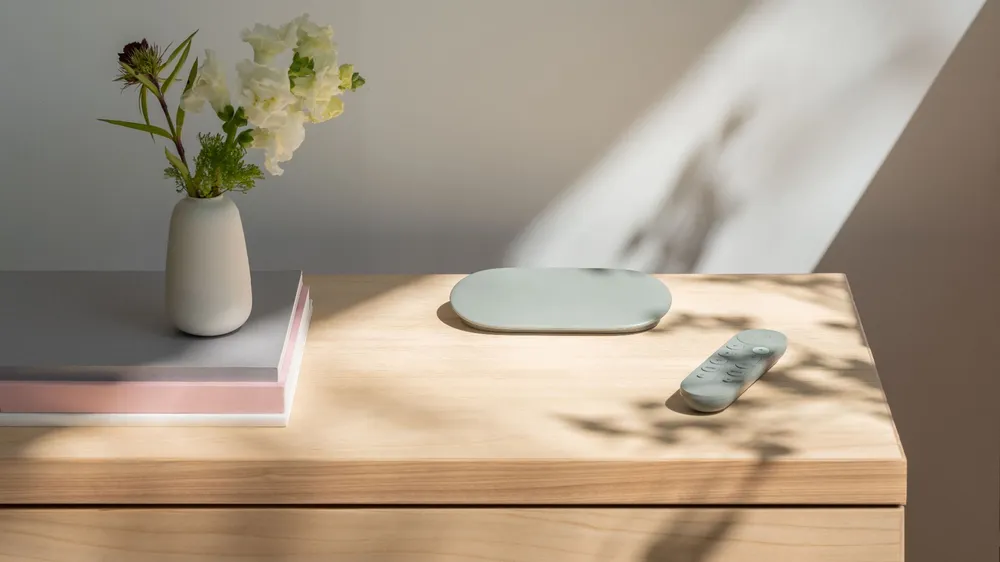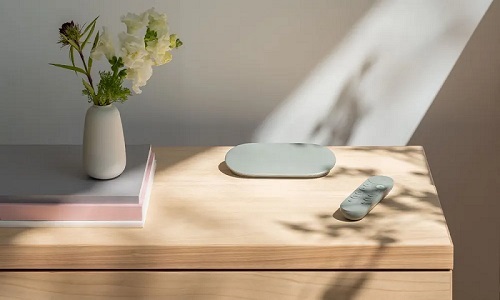We often hear custom smart home integration professionals talk about a desire for the technology to seamlessly blend into a home’s architecture and design, with the goal of the technology itself either being virtually invisible or not unsightly.
We see this in the form of displays like The Frame from Samsung, which looks like a piece of art when not in use. Mechanical systems in motorized shades are hidden, and in-wall speakers are simply part of the home.
It’s with these design standards that Google redesigned its four-generation Nest Thermostat and the new Google TV steamer.
Nest Learning Thermostat: Smoother Curves, Thinner Profile
According to a blog Google published when it announced the new devices, the Nest Thermostat creation process was heavily focused on aesthetics. The team used water as a source of inspiration, and designers even studied the movement and structure of water by letting droplets fall onto steel plates and seeing how it reacted. This helped the team create the “optimal curvature” for the Thermostat.
The Nest Thermostat also features smoother curves, a thinner profile, and invisible bezels. The intended result is one solid piece instead of a bangle around a separate centerpiece, the company says.
The new Nest Thermostat’s design also allows for just fingertips to rotate the thermostat, compared to the previous generation that required a user’s whole hand to turn the dial.
Google says the new Nest Learning Thermostat also uses advanced sensors to activate the screen when it senses someone approaching. It can also be programmed to look like an analog clock when it’s not
Ivy Ross, chief design officer for consumer devices at Google, says in the blog that the company operates a garage with a living room setup to test home products. Designers and user experience teams used these spaces to simulate how these devices are used in real settings.
“Context really matters!” Ivy explains. “We’ve even done experiments where people use a device in a more traditional lab space setting versus taking a device home, and the results are so different.”
Google TV Steamer: A Low-Profile Design, “Floating” Set-Top-Box

Source: Google
Meanwhile, the Google design team completely redesigned its media streaming device, doing away with the back-of-display Chromecast for the Google TV Streamer designed to sit in front or below the TV. The device was designed with a slight slant to make it appear thinner and lighter, also giving it a low profile that doesn’t pull a viewer’s attention away from the TV.
According to Google, teams wanted to minimize the visual and physical heft of wires while keeping a lightweight feel. This resulted in a “floating effect” to hide the cables. The oval shape also helped make the device stable, so the low profile remained intact. The shape also maximized heat dissipation to protect its internal components.
The Google team also redesigned the Google TV Streamer remote, making it slightly longer and easier to handle.
This allowed the team to move the volume controls from the side to the top surface for a more ergonomic and intuitive design.







